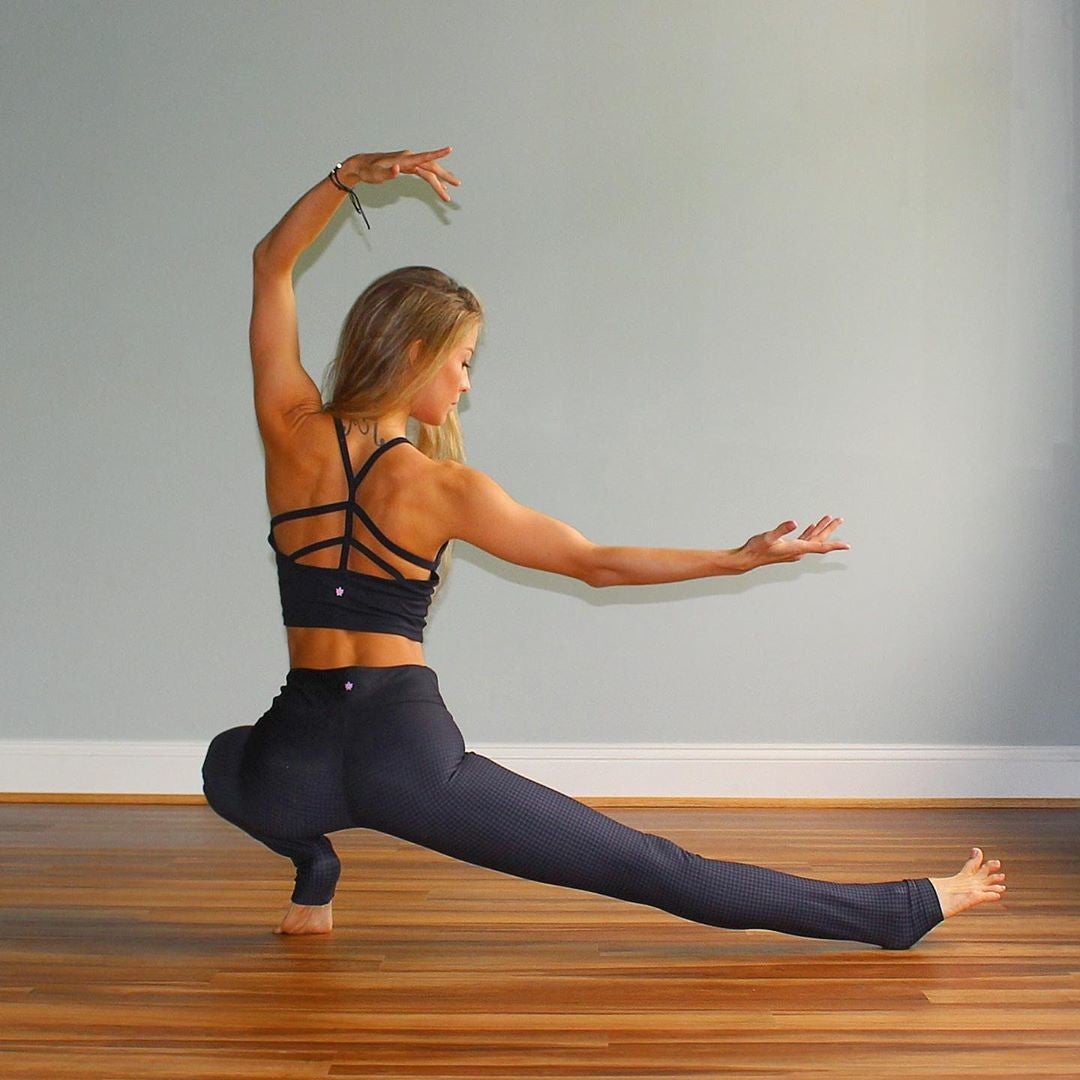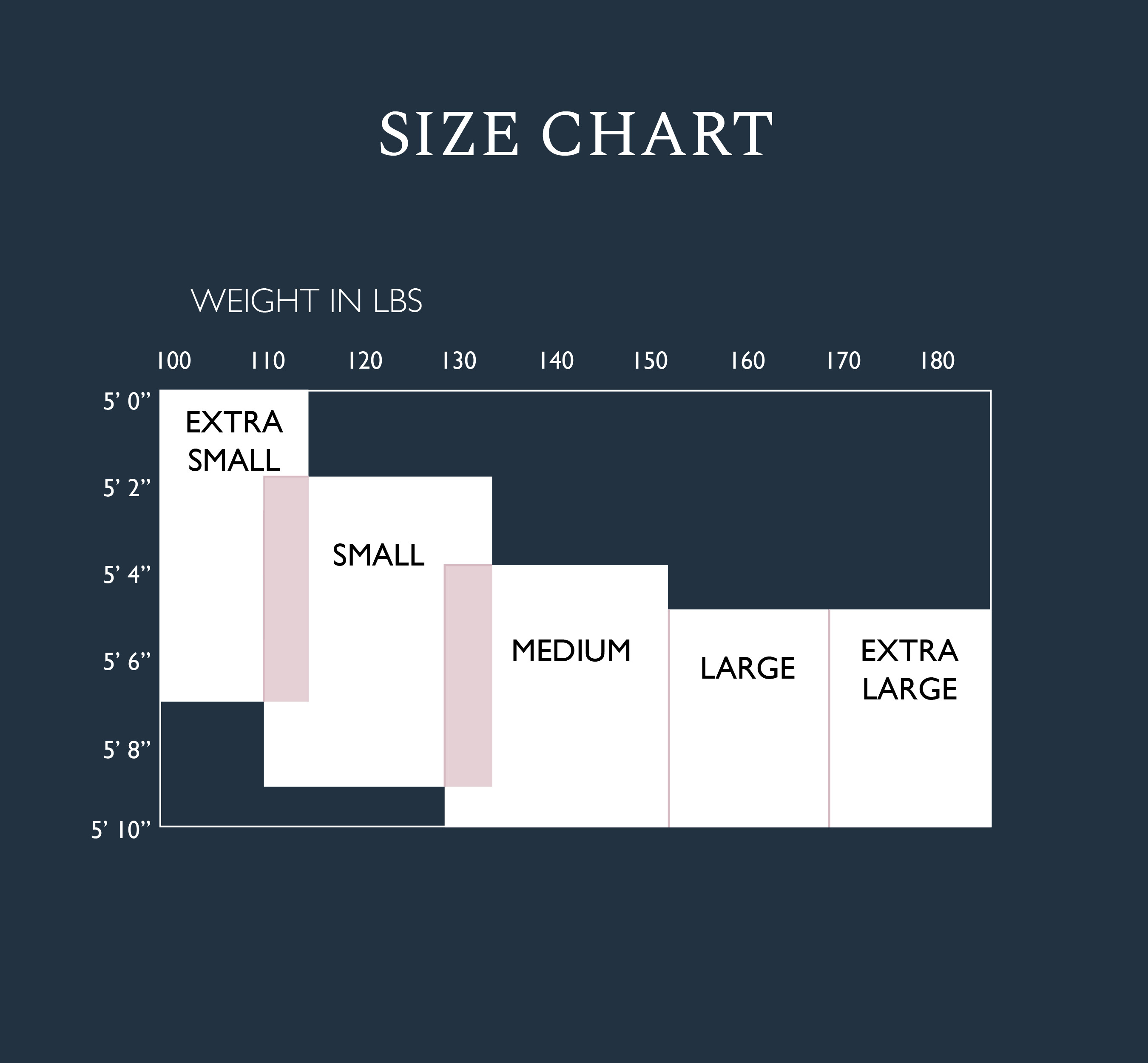
Ayurvedic Tips for a Balanced New Year
Ayurveda and yoga are sister sciences. Ayur means life, while Veda means knowledge or the study of. Ayurveda’s approach can support our yogic practices and all aspects of our well-being. Ayurveda’s model is based upon the elements: fire, earth, water, air, and space. A fundamental idea is that these elements constitute our body and govern their functions. Not only that, but it is believed that the seasons are also governed by particular ruling elements (for example, fire in the summer and water in the spring).
AYURVEDA IN PRACTICE
To maintain balance, Ayurveda recommends applying the opposite qualities via lifestyle, diet, and activity choices. For example, in the fiery season of summer, it would not be recommended to perform a lot of hot yoga, which is like practicing a “fiery” activity in an already “fiery” environment. It would be considered more internally balancing to favor “cooler” practices such as yin yoga, or to practice in a cooler space. In late fall as well as early winter, the elements of air and space are thought to be dominant (depending on where you live, of course). These elements tend to be cooling, drying, clear, mobile, and rough.
LIFESTYLE PRACTICES
Ayurveda recommends some simple lifestyle modifications which can help prevent the heightened effects of these elements (feeling spacey, dry, cold, scatterbrained, ungrounded) during the colder, drier, and windier months. Here are some simple ideas:
- As much as possible, establish a daily routine, especially around sleep.
- Incorporate small moments of mindfulness to help calm the mind, such as occasional check-ins to take a deep breath or two.
- If possible, avoiding mental multi-tasking to help stabilize the mind.
- Favor warm, nourishing foods and drinks over dry, cold foods and icy drinks.
YOGA PRACTICES
There are also some simple modifications to practicing yoga that can help promote warmth, groundedness, and stability in the body. Some of these possibilities include:
- Setting a mental intention to be present during yoga practice.
- Incorporating forward bends, which draw heat into the core and pacify the nervous system. The child’s pose and seated butterfly pose are specific ideas.
- Practicing standing balance poses to help focus the mind. Tree pose is a good option.
- Moving slowly and breathing steadily.
- Focusing on the body’s connection with the ground.
- Spending a few minutes in meditation or savasana can soothe tensions and bring the mind into the present. Placing a soft pillow under the knees and covering up with a blanket can enhance feelings of grounding, comfort, and warmth.
Of course, everyone is individual and it is always best to listen to your body’s intuition. The above suggestions are for exploration so that you can determine what serves you best and create the most ease in both mind and body as you move into the meditative months of winter.




